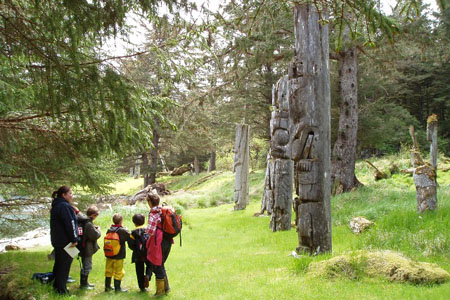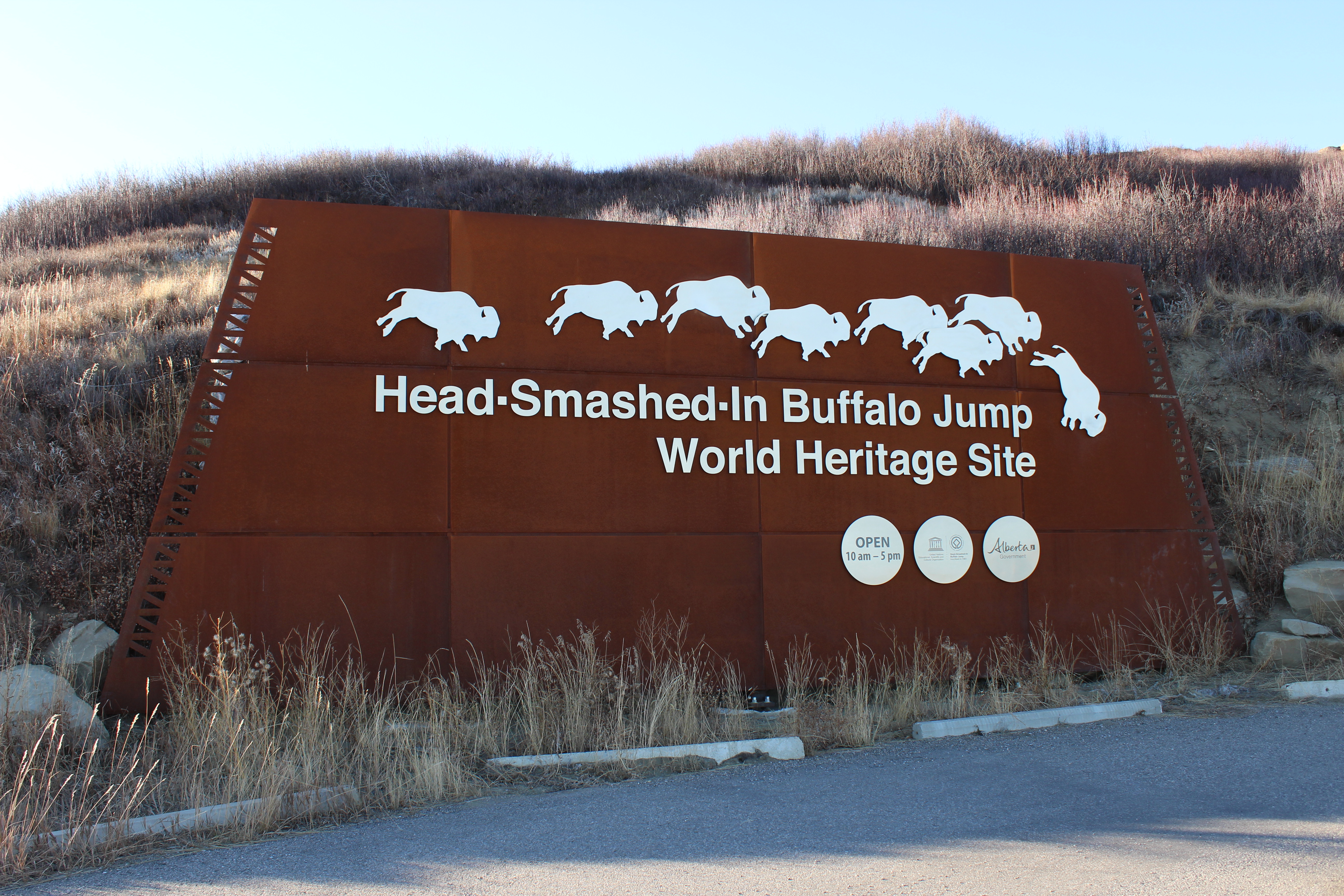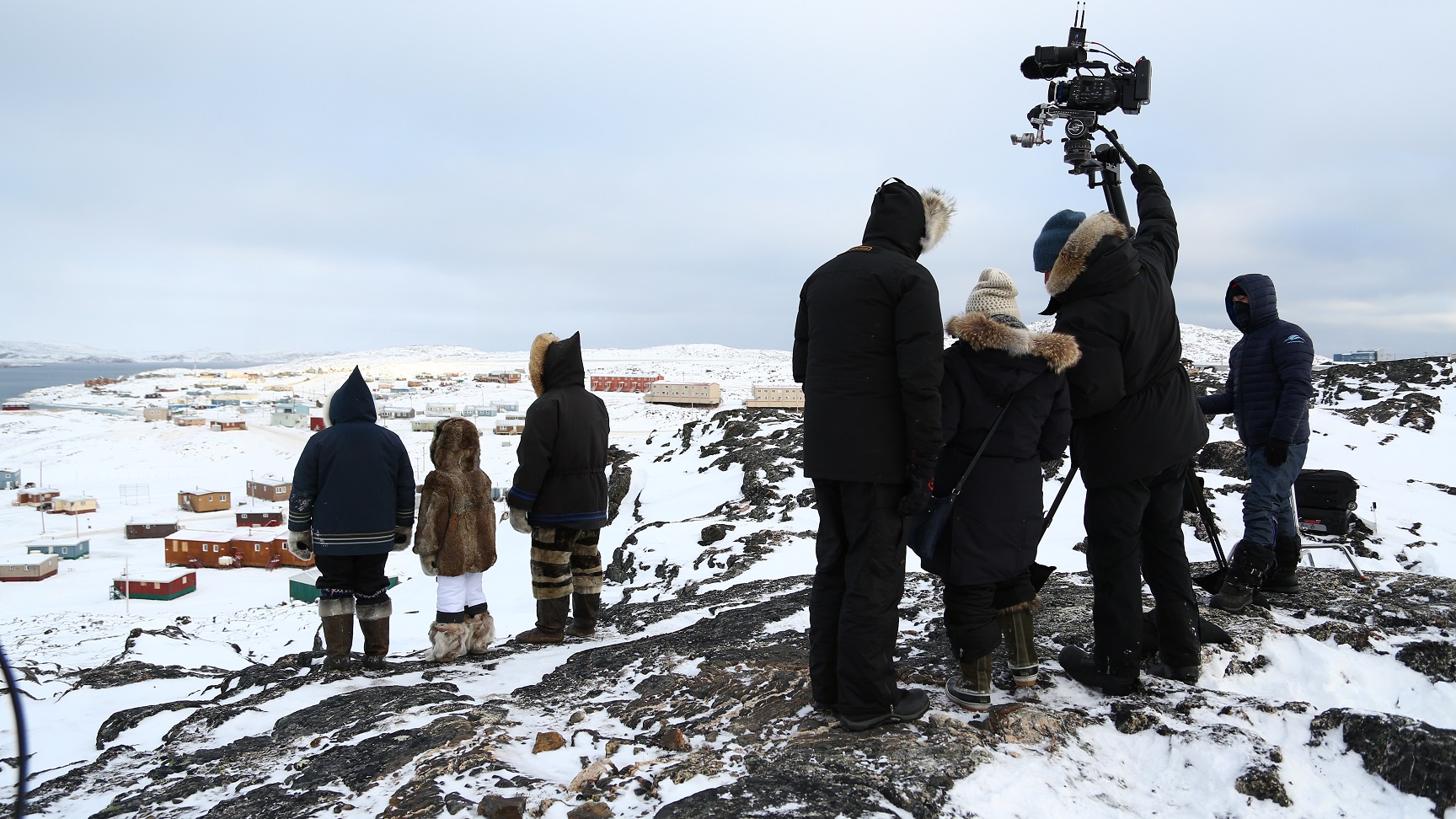Browse "Historic sites"
-
Article
Fort William
Named in 1807 after NWC chief superintendent William MCGILLIVRAY, Fort William occupied a pivotal place in the company's vast trading network. In 1816-17 Lord SELKIRK occupied Fort William for 10 months as a consequence of the SEVEN OAKS INCIDENT.
"https://d2ttikhf7xbzbs.cloudfront.net/media/media/7b13aa86-dd8f-4056-b650-3839e00b77e9.jpg" // resources/views/front/categories/view.blade.php
https://d2ttikhf7xbzbs.cloudfront.net/media/media/7b13aa86-dd8f-4056-b650-3839e00b77e9.jpg
-
Article
Fort York National Historic Site
The Fort York National Historic Site commemorates several British military installations which guarded the entrance to Toronto Harbour.
"https://d2ttikhf7xbzbs.cloudfront.net/media/media/a55f0fd3-041e-4936-ac4d-11d232bbdf0e.jpg" // resources/views/front/categories/view.blade.php
https://d2ttikhf7xbzbs.cloudfront.net/media/media/a55f0fd3-041e-4936-ac4d-11d232bbdf0e.jpg
-
Article
Fraser River Gold Rush
In 1858, around 30,000 gold seekers flooded the banks of the Fraser River from Hope to just north of Lillooet in British Columbia’s first significant gold rush. Although it dissipated by the mid-1860s, the Fraser River Gold Rush had a significant impact on the area’s Indigenous peoples and resulted in the Fraser Canyon War. Fears that the massive influx of American miners would lead the United States to annex the non-sovereign British territory known as New Caledonia also resulted in the founding of British Columbia as a colony on 2 August 1858 (see The Fraser River Gold Rush and the Founding of British Columbia). By the mid-1860s, the Fraser Rush collapsed, and British Columbia sank into a recession.
"https://d2ttikhf7xbzbs.cloudfront.net/media/new_article_images/FraserCanyonWar/Fraser Canyon near Chapmans Bar, Daniel Marshall(1).jpg" // resources/views/front/categories/view.blade.php
https://d2ttikhf7xbzbs.cloudfront.net/media/new_article_images/FraserCanyonWar/Fraser Canyon near Chapmans Bar, Daniel Marshall(1).jpg.jpg)
-
Article
Gastown
Gastown is a retail and commercial district in Vancouver, British Columbia. It is bounded by Cordova Street and the waterfront between Richards Street and Main Street. The original Gastown settlement formed the nucleus for the City of Vancouver and is now a National Historic Site. Today, Gastown is a popular tourist destination and home to restaurants, gift shops, boutiques, galleries, nightclubs and bars. It is also part of the Downtown Eastside, Vancouver’s lowest-income neighbourhood, and the location of single resident occupancy hotels, social housing and social services.
"https://d2ttikhf7xbzbs.cloudfront.net/media/media/de041c94-dd8a-4af8-8def-f3bc4cc26777.jpg" // resources/views/front/categories/view.blade.php
https://d2ttikhf7xbzbs.cloudfront.net/media/media/de041c94-dd8a-4af8-8def-f3bc4cc26777.jpg
-
Article
Gray Burial Site
Gray Burial Site, north of Swift Current, Sask, lies on a sandy hillside west of an ancient glacial outwash channel.
"https://development.thecanadianencyclopedia.ca/images/tce_placeholder.jpg?v=e9dca980c9bdb3aa11e832e7ea94f5d9" // resources/views/front/categories/view.blade.php
https://development.thecanadianencyclopedia.ca/images/tce_placeholder.jpg?v=e9dca980c9bdb3aa11e832e7ea94f5d9
-
Article
Gwaii Haanas National Park Reserve and Haida Heritage Site
Encompassing rainforests, alpine meadows and rocky shores of southern Haida Gwaii (formerly the Queen Charlotte Islands), Gwaii Haanas National Park Reserve and Haida Heritage Site (1495 km2) harbours some species of plants and animals not found anywhere else on the globe.
"https://d2ttikhf7xbzbs.cloudfront.net/media/media/1d34f43a-14db-43e0-8206-647ca92632f2.jpg" // resources/views/front/categories/view.blade.php
https://d2ttikhf7xbzbs.cloudfront.net/media/media/1d34f43a-14db-43e0-8206-647ca92632f2.jpg
-
Article
Haliburton House
Haliburton House, a 1½ storey villa in WINDSOR, NS, was built in 1836 and originally set in a 16 ha estate. It was the home of Thomas Chandler HALIBURTON, one of Nova Scotia's most famous 19th-century figures.
"https://development.thecanadianencyclopedia.ca/images/tce_placeholder.jpg?v=e9dca980c9bdb3aa11e832e7ea94f5d9" // resources/views/front/categories/view.blade.php
https://development.thecanadianencyclopedia.ca/images/tce_placeholder.jpg?v=e9dca980c9bdb3aa11e832e7ea94f5d9
-
Article
Halifax Citadel
The general introduction of rifled artillery (with greater range and accuracy than earlier guns) shortly after completion of the Citadel rendered the costly installation obsolescent. It was partially rearmed in the 1860s and 1870s, and continued in use as a barracks into the 20th century.
"https://d2ttikhf7xbzbs.cloudfront.net/media/media/2a4ab68a-776a-430a-9155-c6d6ae17697b.jpg" // resources/views/front/categories/view.blade.php
https://d2ttikhf7xbzbs.cloudfront.net/media/media/2a4ab68a-776a-430a-9155-c6d6ae17697b.jpg
-
Article
HBC Trading Posts in Canada
From 1670 until 1987, the Hudson’s Bay Company (HBC) operated hundreds of trading posts in various parts of Canada and the northwestern US. During the fur trade, Indigenous trappers visited trading posts to exchange furs for valued goods produced by Europeans, including metal objects, weapons and glass beads. In 1870, the HBC’s vast territory of northern wilderness (see Rupert’s Land and North-Western Territories) was transferred to the Canadian government, and the HBC gradually transitioned from a fur trading company to a retail establishment. The HBC maintained posts in Northern Canada, however, until 1987. Some settlements that remained in and around the old trading posts developed into cities, such as Winnipeg (Fort Garry), Edmonton (Fort Edmonton) and Victoria (Fort Victoria). Some First Nations that had established themselves near HBC posts also have names that reflect their fur trading history, including Fort Albany First Nation in Ontario and Fort McKay First Nation in Alberta.
"https://d2ttikhf7xbzbs.cloudfront.net/Kugluktuk-Trading-Post.jpg" // resources/views/front/categories/view.blade.php
https://d2ttikhf7xbzbs.cloudfront.net/Kugluktuk-Trading-Post.jpg
-
Article
Head-Smashed-In Buffalo Jump
Head-Smashed-In Buffalo Jump is an archaeological site located on the southern end of the Porcupine Hills in southwest Alberta.
"https://d2ttikhf7xbzbs.cloudfront.net/media/media/044efca3-4d40-4efa-b5ae-4f9f20403ea4.jpeg" // resources/views/front/categories/view.blade.php
https://d2ttikhf7xbzbs.cloudfront.net/media/media/044efca3-4d40-4efa-b5ae-4f9f20403ea4.jpeg
-
Article
Heart's Content Cable Station
Hearts Content Cable Station is a provincial HISTORIC SITE commemorating one of the most significant events in the 19th century: the laying of a trans-Atlantic TELEGRAPH cable in 1866 from Ireland to HEART'S CONTENT, NL.
"https://development.thecanadianencyclopedia.ca/images/tce_placeholder.jpg?v=e9dca980c9bdb3aa11e832e7ea94f5d9" // resources/views/front/categories/view.blade.php
https://development.thecanadianencyclopedia.ca/images/tce_placeholder.jpg?v=e9dca980c9bdb3aa11e832e7ea94f5d9
-
Article
Hebron Mission National Historic Site of Canada
For generations, Hebron, one of Nunatsiavut’s (see Labrador Inuit and Newfoundland and Labrador) most culturally important and significant sites, was an important meeting place for the Inuit, as well as a primary hunting and fishing area. In the early 1800s, Moravian missionaries chose the site to establish their fourth and northernmost mission in Labrador, officially opening the mission in 1830 (although missions were later established farther north, at Ramah in 1871 and Killinek in 1905). For more than 130 years, Hebron was a thriving community where an average of 200 to 250 Inuit lived. In 1959, without consultation with the Inuit, the community was closed, forcing all Inuit to relocate. Declared a National Historic Site in 1976 by the federal government, the Hebron Mission has been undergoing major restoration since 2004.
"https://d2ttikhf7xbzbs.cloudfront.net/media/new_article_images/HebronMissionNationalHistoricSiteofCanada/Hebron_Mission_1901_photo.png" // resources/views/front/categories/view.blade.php
https://d2ttikhf7xbzbs.cloudfront.net/media/new_article_images/HebronMissionNationalHistoricSiteofCanada/Hebron_Mission_1901_photo.png
-
Collection
Heritage Minutes
The Heritage Minutes collection is a bilingual series of history-focused public service announcements. Each 60-second short film depicts a significant person, event or story in Canadian history. They are produced by Historica Canada, the not-for-profit organization that also publishes this encyclopedia. First released in 1991, the Heritage Minutes have been shown on television, in cinemas and online. They have become a recognizable part of Canadian culture. The collection currently includes 100 episodes.
"https://d2ttikhf7xbzbs.cloudfront.net/media/media/1bfa3d45-2952-4f79-b7d4-4c6cb6601164.jpg" // resources/views/front/categories/view.blade.php
https://d2ttikhf7xbzbs.cloudfront.net/media/media/1bfa3d45-2952-4f79-b7d4-4c6cb6601164.jpg
-
Article
Heritage Trail
Hundreds of trails are now found from coast to coast in Canada, installed and run by national and provincial parks, the Canadian Wildlife Service, tourist departments, conservation authorities, museums, universities, schools, botanical gardens and private agencies.
"https://development.thecanadianencyclopedia.ca/images/tce_placeholder.jpg?v=e9dca980c9bdb3aa11e832e7ea94f5d9" // resources/views/front/categories/view.blade.php
https://development.thecanadianencyclopedia.ca/images/tce_placeholder.jpg?v=e9dca980c9bdb3aa11e832e7ea94f5d9
-
Article
Historic Dunvegan
One of the most important fur trade sites on the PEACE RIVER, a post operated at Dunvegan from 1805 to 1918. The first post was built by Archibald Norman McLeod of the North West Company to trade with the BEAVER and other First Nations who lived in the middle and upper reaches of the Peace River.
"https://d2ttikhf7xbzbs.cloudfront.net/media/media/1b7019ae-3e5d-4d8a-9491-35e2fb72ca9a.jpg" // resources/views/front/categories/view.blade.php
https://d2ttikhf7xbzbs.cloudfront.net/media/media/1b7019ae-3e5d-4d8a-9491-35e2fb72ca9a.jpg
